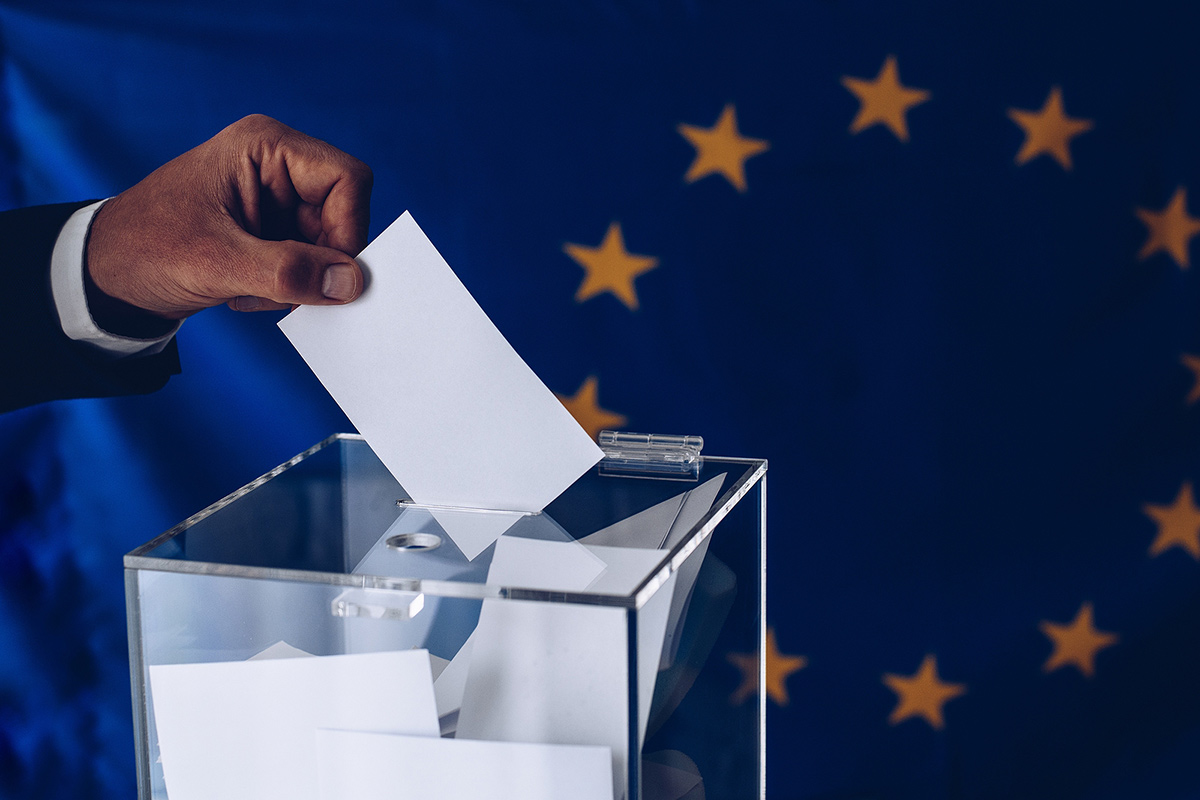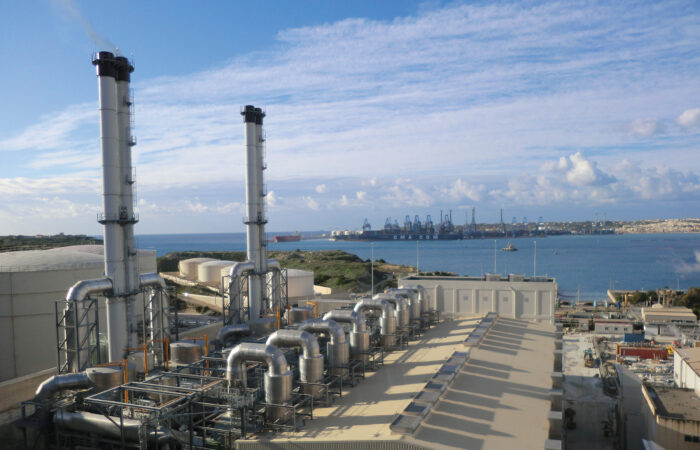Ioannis Tirkides*
This moment in the European elections is very different from the last one, five years ago. The starting conditions are different, the challenges are different. The priorities have changed. The covid pandemic created a public health emergency and led to a vigorous policy response and unprecedented fiscal stimulus by all Member States, to protect companies and jobs. The war in Ukraine, which began in February 2022, led to a tough sanctions regime against Russia, significant material and financial support for Ukraine, and an almost complete decoupling from Russia. Higher inflation prompted central banks in advanced countries to raise interest rates sharply and rapidly. Economic performance was mixed, with the European economy as a whole barely growing in 2023. The first quarter of 2024 also got off to a slow start and growth prospects remain subdued, with uncertainty rising as the war in Ukraine escalates. Meanwhile, priorities have shifted. While climate change was the overwhelming priority in 2019, the focus is now shifting to security and defence, the economy and competitiveness, the budget and the joint debt.
The new European Parliament and Commission that will emerge will face more critical and, in some respects, existential challenges. If it will be a weaker, more fragmented and more divisive Parliament, it will require more leadership at national and European Council level to navigate through. We discuss these and other related issues in this article.
Political geography
But first we need to understand the political geography of the European Parliament. There are seven political groups, which can be distinguished by political ideology. The largest of these, the European People’s Party (EPP), is on the centre-right, in the Christian Democratic tradition in Europe. The second largest is the Progressive Alliance of Socialists and Democrats (S&D), which is on the centre-left. The Renew Europe group, which includes France’s Renaissance party, originally known as En Marche! is centrist-liberal. Together, these three groups are the mainstay of the European Parliament and form the so-called grand coalition, which effectively dominated proceedings in the previous parliament. Then there is the Greens/European Free Alliance group, the left and the far right. On the far right there are two groups, the Identity and Democracy (ID) and the European Conservatives and Reformists (ECR). The ID is a more radical, nationalist and Eurosceptic party that includes France’s National Rally (RN), Germany’s Alternative for Germany (AfD) and Italy’s League. The ECR is a more moderately Eurosceptic party and more conservative than the ID, and includes Poland’s Law and Justice party and Italy’s Brothers of Italy.
Affiliations of Cypriot parties and vote shifting
All Cypriot parties are members of one or other of these groups. DISY is affiliated to the EPP; AKEL to the Left; DIKO and EDEK to the Socialists and Democrats; DIPA to the Renew Europe group; Our Greens to the Greens/European Free Alliance; and ELAM to the Identity and Democracy group.
In Cyprus, the far-right ELAM is in third place in the polls and is seriously contesting a seat in the European Parliament. It is uncertain whether the two largest parties, DISY and AKEL, will manage to retain the two seats each have held in the European Parliament since Cyprus’ accession.
This is perhaps a rare moment in the Cypriot political system when the outcome of an election is so unpredictable that four of the six seats are up for grabs and even an independent, non-party candidate has as good a chance as any party to win one of them. Also, the newly formed Volt Cyprus party, which is affiliated to Volt Europa and has a strong reunification agenda, is polling relatively well.
These developments, which should come as no surprise, are part of the increasing fluidity of Cypriot politics. This is at least partly the result of the last decade, when opposition was scant and all parties, from the centre and centre-left to the centre-right, with the exception of the left-wing Akel and, to a lesser extent, the Greens, were more or less, indistinguishable in their politics and policy priorities. The dividing lines between centre and centre-right parties are blurred, and absenteeism and dissent have increased as a result.
What the election results will look like …
Opinion polls suggest that far-right parties will make significant gains in many EU countries at the expense of the more centre/centre-left, particularly the Renew Europe and the Greens. But in all likelihood the European Parliament’s mainstay, the grand coalition of the European People’s Party, the Socialists and Democrats and the Renew Europe, will retain its majority. But it will be slimmer, and that will make a difference. Whether they will be able to re-elect the current European Commission is less certain.
… and implications
Coalitions in the European Parliament are variable, depending on the issue, and there is more dissent from party lines than in national parliaments. Thus, a larger representation of the far-right parties and a smaller majority of the grand coalition parties will give the far-right a more influential role than their numbers would warrant, particularly on contentious issues in areas such as climate change, migration and all aspects of the economy. This can potentially transform a largely liberal and progressive, pro-integrationist European Parliament into one that is more critical of Brussels and more disruptive, ultimately producing a more conservative Commission.
A strong electoral performance by the far right will in turn give these parties more momentum at the national level also. A big win for Marine Le Pen in France, for example, will further help to normalise her party, the National Rally, ahead of the 2027 French presidential election and increase her chances of winning.
These complications underline the potential for a more fragmented and contentious European Parliament, where reaching consensus will require greater effort and negotiation. The dynamics of the new Parliament are likely to reflect a wider range of political ideologies, creating a more complex environment for the grand coalition to navigate.
A more centrist European Parliament will be pro-integration and represent continuity. A more nationalist and Eurosceptic European Parliament will be more disruptive; favouring national sovereignty over integration; restricting immigration policy; opposing the allocation of resources for common policy objectives. Likewise, a more nationalist and Eurosceptic parliament will downgrade climate targets, undermining the EU’s energy transition goals. It will be less protectionist towards China and more supportive of re-engagement with Russia. There is always talk of diversification and reducing dependence on China, but there are limits. Reducing risk while remaining open to investment does not go well together.
Concluding
The dramatic shift in priorities and attitudes is mainly related to the geopolitical situation, and the rise of the far right was the overriding big-picture story of the election. But the mainstream parties will still have a majority in the European Parliament. It will be harder to pass legislation, but this will not necessarily mean a reversal in key areas of policy and the momentum of European integration. Importantly, the mainstream parties need a vision for the future, where Europe will be in ten- or twenty-years’ time, and how we will get there. People are becoming increasingly frustrated. Incomes are not rising in real terms and jobs are not secure. The economic transitions are imposing higher costs on households. We need more inclusive approaches and a new social contract. Both these are dangerously absent.
*Ioannis Tirkides is the Economics Research Manager at Bank of Cyprus and President of the Cyprus Economic Society. Views expressed are personal.




